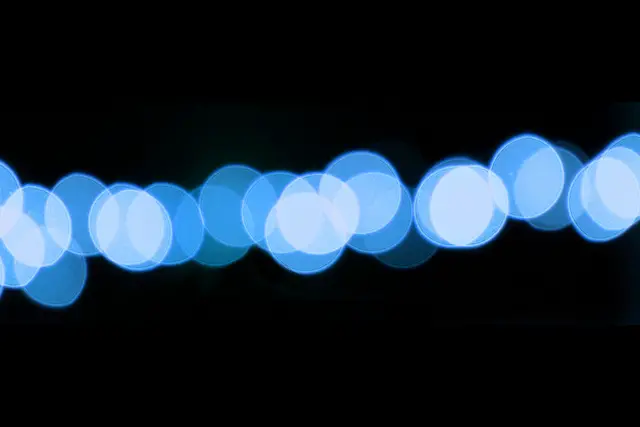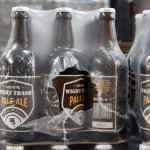We always welcome a Letter to the Editor to share with our readers – unsurprisingly they don’t always reflect the views of this publication. If you have something you’d like to share, get in touch and of course, your considered comments are welcome below. This from Tanja Rebel. Ed
For years now, I have been been arguing for the installation of yellow LEDs (or yellow filters) instead of the current blue/white spectrum LEDs which are shrouding our Island in an unpleasant as well as unhealthy ghost light.
Could have been leaders
For whilst the fact that these lights have reduced light pollution and energy usage is positive, the same result could have been achieved with yellow LEDs or yellow filters!
In fact, Island Roads could have become leading on this in the country. They had the chance from start as I asked them to install yellow LED lights from the very beginning – visiting almost every round of their highly advertised “Road Shows”, but with no effect…
Disrupting circadian rhythms
Why, might some wonder, have I gone into all this effort, especially as my claims seem to have fallen on deaf ears with Island Roads and the Council alike?
Well, for a start, blue-white light at night is hazardous for human health and animal welfare as it messes up our circadian rhythms, thus interrupting our sleep patterns with all kinds of consequences for our health and well-being – such as increased likelihood of heart disease, obesity, diabetes, depression and anxiety. Or, as researchers at Harvard Medical School state:
“While light of any kind can suppress the secretion of melatonin, blue light does so more powerfully. Harvard researchers and their colleagues conducted an experiment comparing the effects of 6.5 hours of exposure to blue light to exposure to green light of comparable brightness. The blue light suppressed melatonin for about twice as long as the green light and shifted circadian rhythms by twice as much (3 hours vs. 1.5 hours).”
(Source: Harvard)
Intense glare
Secondly, whilst the new lights have diminished light pollution upwards (thus making it easier for us to see the stars), light pollution downwards has increased, with the intense “glare” of lights (and contrasting dark spots in between) making it unpleasant to look upwards wherever the lights have been installed.
Moreover, the battle against light pollution could have been achieved far more effectively with yellow LEDs. Or, in the words of the Flagstaff Dark Skies Coalition:
“For sky glow light pollution, the conclusion is unambiguous: research shows that white light – of any kind (CCT) – has substantially greater impact on sky glow than yellow light…. How could LEDs help dark skies? First and foremost, use yellow LEDs!”
(Source: Flagstaff Dark Skies)
Cold, clinical and harsh light
Finally, the light emitted from blue/white spectrum LED is cold, clinical and harsh, thus making it aesthetically displeasing. As the Daily Mail puts it:
“Wherever LED lights are installed, they leave residents in uproar. In Llandough, Wales, locals have organised a petition to have their recently installed LED street lights removed and replaced with the originals. Last year, Bath council was forced temporarily to stop replacing the city’s street lamps with LEDs and hold a public consultation, so vociferous were complaints after the first 2,000 were erected. And in Trafford, Manchester, residents have threatened to take their council to court if it continues with plans to replace all its 27,000 street lights.”
(Source: Daily Mail
The question is this: Do we want to continue shrouding our Island in this cold, white, hazardous ghost light or should we go for a more warm golden light instead, bringing with it greater benefits for our well-being, animal welfare as well as the view of the night sky? Perhaps we could listen and learn when the Illinois Coalition for Responsible Outdoor Lighting emphasises that where we do need to apply light, colour matters.
Isle of Wight Council and Island Roads, kindly wake up and see the light!





